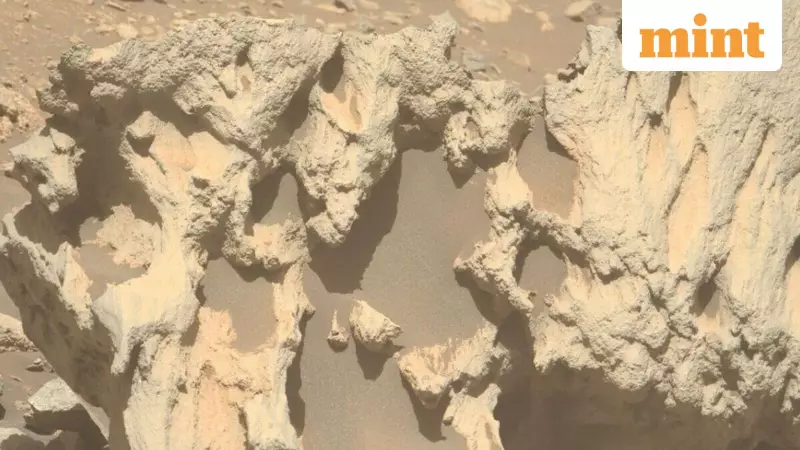
In an exciting development for planetary science, NASA's Perseverance rover has made a remarkable discovery on the Red Planet, uncovering an unusual rock rich in iron and nickel that scientists believe might be a meteorite from elsewhere in our solar system.
Unusual Martian Discovery
During its ongoing survey of the Martian landscape in the Vernodden region, the Perseverance rover identified a particularly striking rock formation that immediately caught scientists' attention. The rock, named Phippsaksla, measures approximately 80 centimeters across and features a tall, sculpted appearance that contrasts sharply with the surrounding flat and fractured terrain.
What makes this discovery particularly intriguing is the rock's composition. Using its advanced SuperCam instrument, Perseverance analyzed Phippsaksla and confirmed it contains high concentrations of iron and nickel - a chemical signature typically associated with iron-nickel meteorites that form in the cores of large asteroids.
Potential Interplanetary Visitor
NASA scientists indicate that the unusual composition strongly suggests this rock may have originated beyond Mars before making its way to the planet's surface. The presence of iron and nickel in these proportions is considered a hallmark of meteorites that formed in the early solar system.
Further analysis is required before researchers can definitively confirm Phippsaksla's status as a meteorite. If verified, it would join the growing list of meteorites examined by various Mars rovers over the years, providing valuable insights into the composition of materials traveling through our solar system.
Perseverance's Ongoing Mission
The Perseverance rover, which was launched on July 30, 2020 aboard a United Launch Alliance Atlas V rocket from Cape Canaveral, successfully landed on Mars on February 18, 2021. Weighing just under 2,300 pounds and roughly the size of a small car, the rover represents one of NASA's most sophisticated Martian explorers.
Equipped with seven advanced scientific instruments, Perseverance has multiple mission objectives including searching for signs of ancient microbial life, studying Mars' geology and climate, collecting and caching rock and soil samples for future return missions to Earth, and testing new technologies that could support upcoming human exploration efforts.
This discovery highlights the rover's continued contribution to our understanding of Martian geology and the broader solar system. As part of NASA's comprehensive Moon to Mars exploration strategy, Perseverance plays a crucial role in advancing knowledge about the Red Planet's ancient environments and potentially, the rocky visitors it receives from deep space.
Managed by NASA's Science Mission Directorate and Jet Propulsion Laboratory, the mission continues to deliver valuable data that could ultimately pave the way for human missions to Mars in the coming decades.





